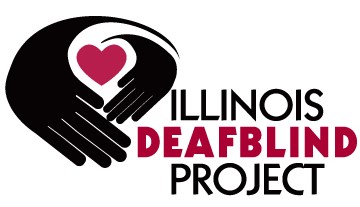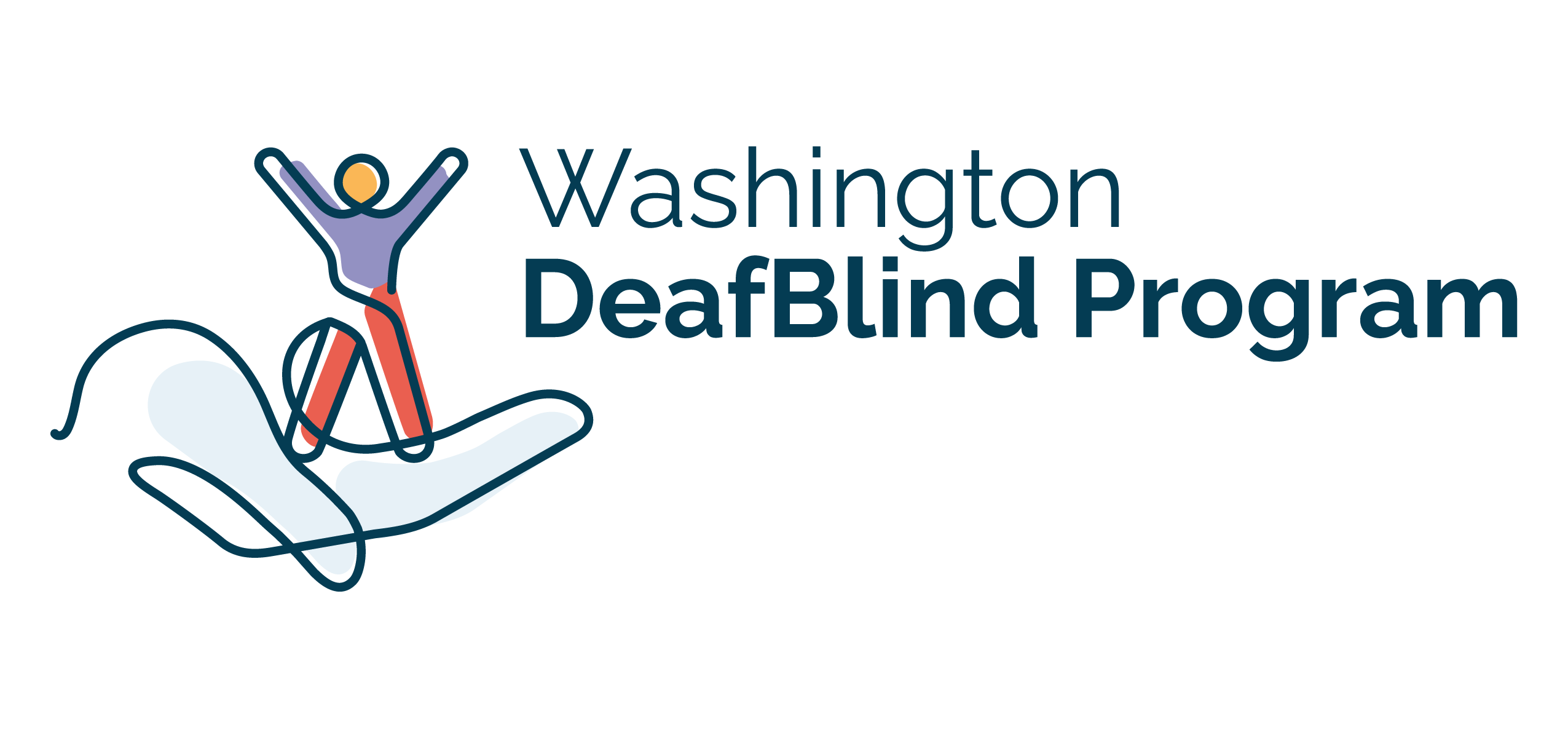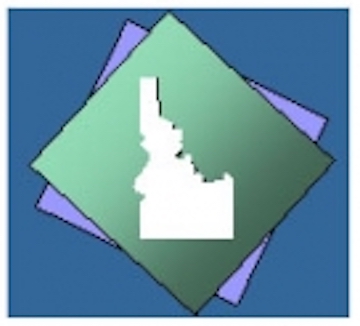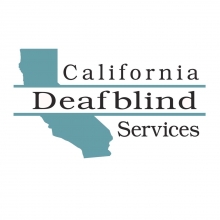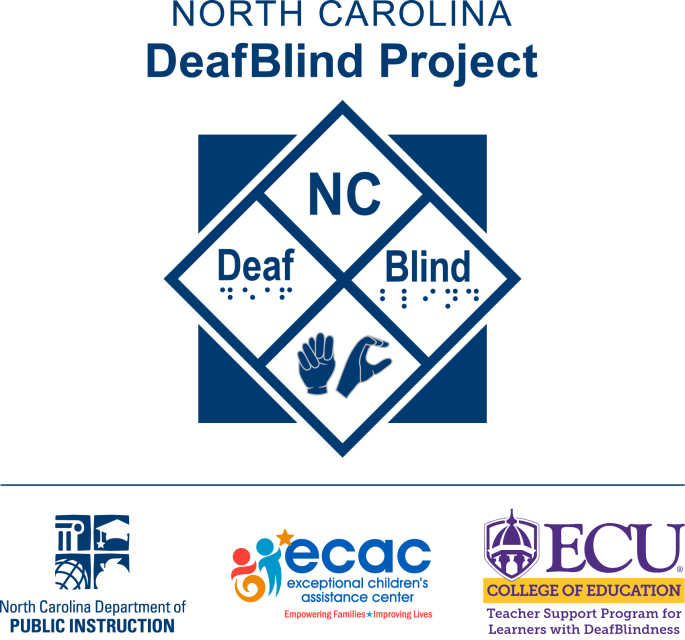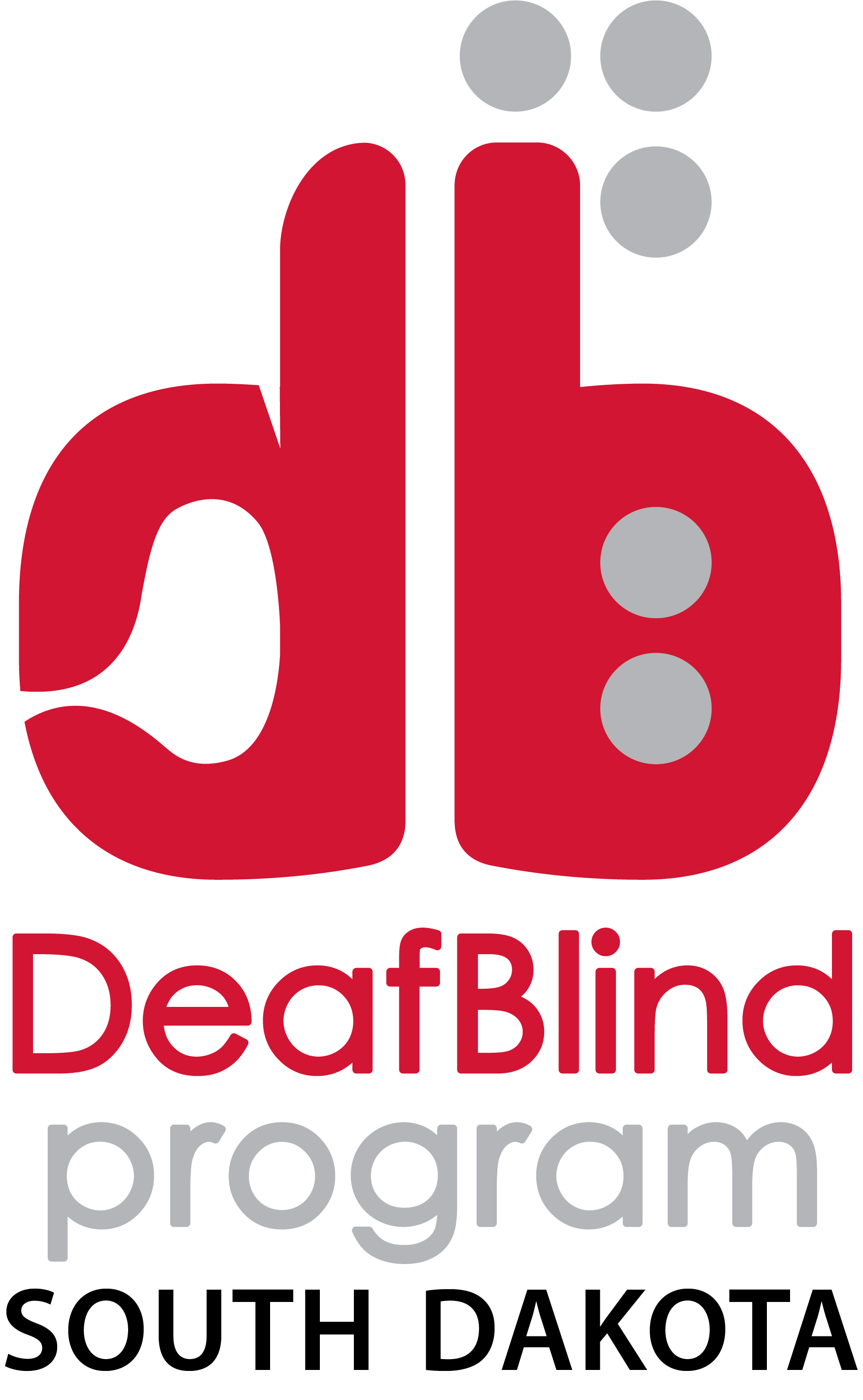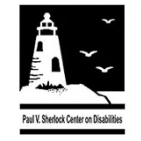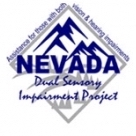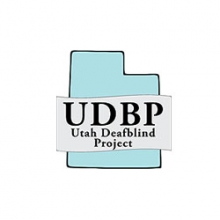About the Website
Project Purpose
Development of the All Children Can Read site began in 2006 as part of the National Consortium on Deaf-Blindness (NCDB) Literacy Practice Partnership. The goal of this site is to provide information and resources for teaching and working with children who have complex learning challenges. Specifically, the site is designed for individual state deaf-blind projects, teachers, family members and related services providers interested in beginning or enhancing literacy instruction for children who have combined vision and hearing loss.
Contributors reviewed literacy development literature, as well as literature related to literacy learning for:
- Children who are blind or visually impaired
- Children who are deaf or hearing impaired
- Children with multiple disabilities
- Children with deaf-blindness
Project Background
For many years, State Deaf Blind Projects have provided technical assistance to schools, teachers and families. Our instructional techniques have helped children with vision and hearing impairments to learn and increase their literacy skills. Many contributors to this site are teachers who want to give back to the field and help more families play a role in educating children with complex learning challenges.
We built this website on a framework that incorporates the stages of literacy development and key components of reading into instructional strategies for children with dual sensory challenges. The content is organized around evidence-based strategies identified as being effective in building emergent literacy skills and moving children along a continuum toward independent reading.
Project Collaborators and Acknowledgements
Creating a technical assistance tool such as this requires a huge amount of commitment and effort and would not be possible without the dedication of educators and NCDB staff. The individuals listed below believe in its worth and have given generously of their time. The shared knowledge, ideas and examples on this site would not be possible without their dedication. Technical expertise and thoughtful feedback have helped to develop a site that will make a difference in the lives of learners with combined vision and hearing loss.
Facilitators
- Nancy Steele and Barbara Purvis, National Consortium on Deaf-Blindness (NCDB 2.0)
State Deaf-Blind Projects
- California Deaf-Blind Services
- Georgia Sensory Assistance Project: Martha Veto, Jessie Moreau, Melanie Abad, Debbie Nelson, Kimberly Smith, and Christine Spratling
- Project Reach: Illinois Deaf-Blind Services: Michelle Clyne, Carla Beck, Jane Dwyer
- Kansas Deaf-Blind Project: Megan Cote and Dinell Stuckey
- Kentucky Services for Children and Youth Who Are Deaf-Blind: Diane Haynes
- Louisiana Services to Children and Youth with Deafblindness: Joyce Russo, Michelle Kilcrease and Kay Mosher
- Nevada Dual Sensory Impairment Project: MaryAnn Demchak, Liz Isaacs, C.J. Fields
- Rhode Island Services to Children and Youth with Dual Sensory Impairments: Sue Dell
- Utah Deafblind Project: Debbie Sanders
- Virginia Project for Children and Youth with Deaf-Blindness: Julie Durando and Peggy Sinclair-Morris
- West Virginia SenseAbilities
Other Educators
- Shawna Benson, Ohio Center for Autism and Low Incidence
- Susan Bruce, Boston College
- Sandra Warren, East Carolina University
Website Developers
- Jeff Denton, Robbin Bull and Shelby Morgan (NCDB)
- Amanda Womac, Editor
- Kaila Gibson, Teaching Research Institute
We would like to extend a special thank you to former NCDB Project Directors Kathleen Stremel-Thomas and D. Jay Gense and Linda McDowell. We are also grateful to Lisa Jacobs, Nancy O'Donnell, Kathee Scoggin and the many children, families and teachers who have, and will continue to show us every day that "All children can read."

